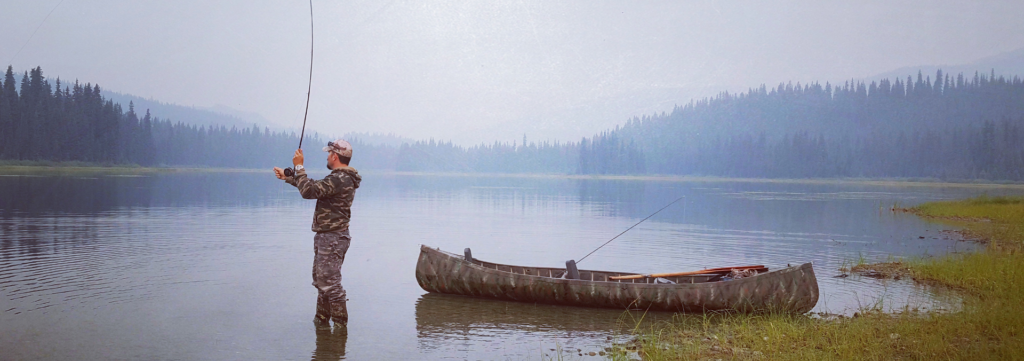There is likely no easier fish to catch in the realm of stillwater fly-fishing than one patrolling near the lake’s bottom during a prolific chironomid emergence. The short feeding window – coupled with chironomid pupae’s inability to flee or fight back – is a trout’s dream come true, allowing it to devour these small morsels like Pac-Man.
However, many anglers struggle (or even stop fishing entirely) when chironomids are not presently hatching. While chironomids make up a large part of a trout’s diet through the open-water season, an adaptable angler learns to catch fish under almost any conditions. Effective alternatives to chironny-soaking include crawling mayfly nymphs through shallow water; targeting evening boils during a travelling-sedge emergence; and finding big fish in shallow water with shrimp or leech patterns.
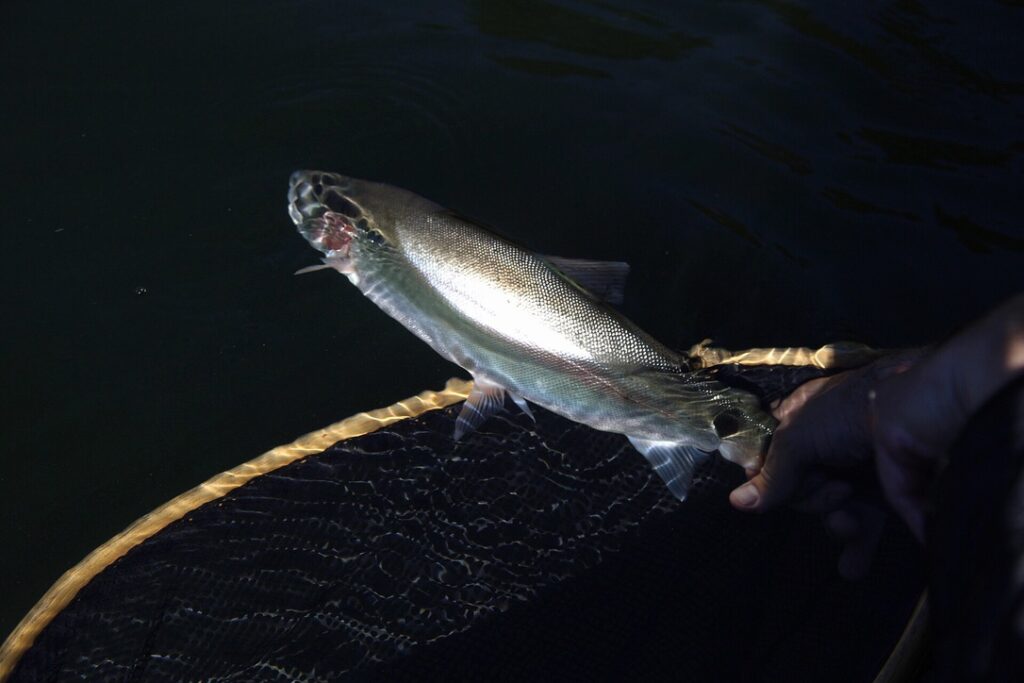
Finding food, finding fish
Chironomid emergences will be smaller in water that is below or above their ideal temperature window, but fish do not stop feeding entirely. In fact, fish may exhibit some of the most reckless feeding behaviour when not a single chironomid is to be found. Great anglers are constantly observing the situation, and adjusting.
If you show up at a lake only to discover that you’ve missed a chironomid hatch, ask, “What other insects are around?” Where you locate food, you will locate fish. Search the water’s surface for signs of remnant casings from hatching mayflies or caddisflies, observe whether there are damselflies or dragonflies swarming your boat, and pay close attention to all the small signs that nature presents.
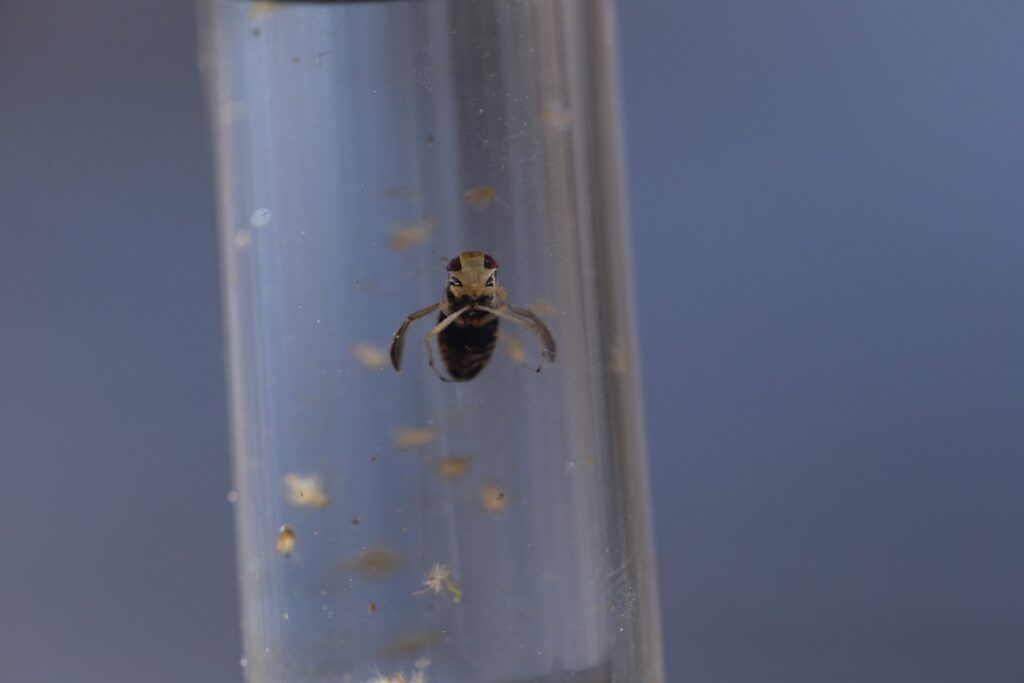
Observing trout behaviour
An angler’s ability to judge the way fish are behaving – whether it is visible on the surface, in shallow water, or on a depth sounder – can reveal many clues about the feeding patterns taking place. Fish crashing close to reed beds can signal damselfly activity. A trout’s slow-motion head-and-tail porpoising may reveal feeding in the surface film. Fish marking close to bottom on a depth sounder could mean that they are hunting chironomid larvae, while fish lazily patrolling shallow flats might indicate that they are stalking scuds or leeches. Understanding these behaviours is another step to catching more fish when there is no chironomid hatch.
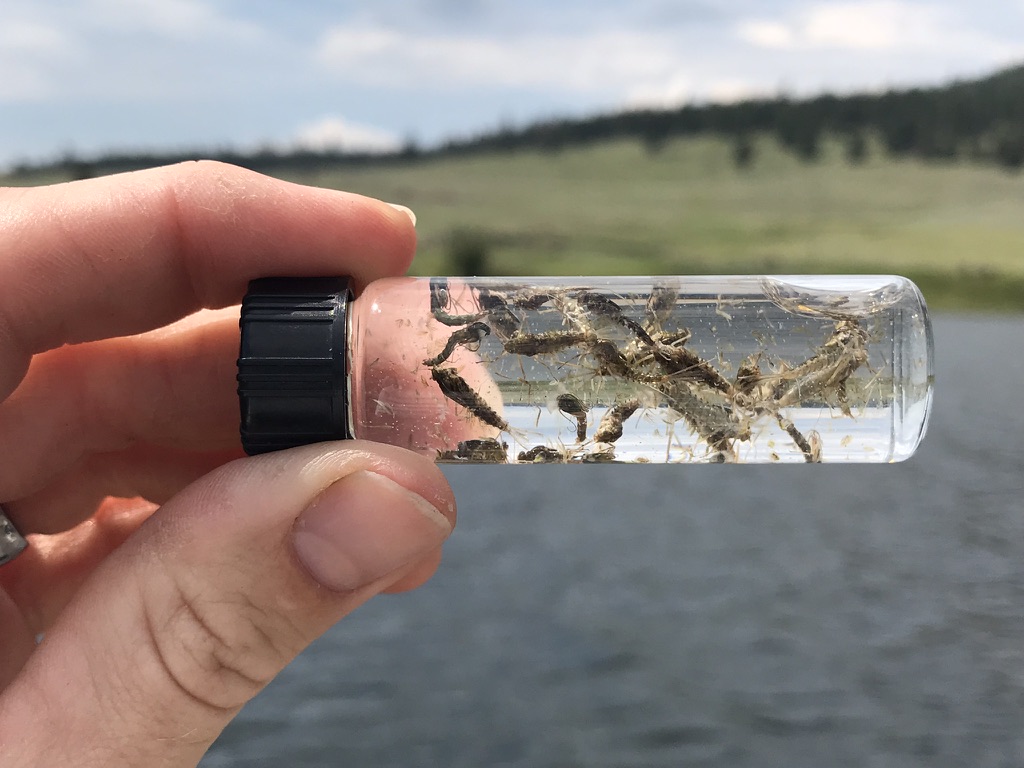
Catching fish that don’t want to be caught
Without any hatches present, fish can become incredibly challenging to figure out. Try presenting fish with attractor fly patterns that they will strike out of curiosity rather than in a natural feeding response. Attractor patterns do not closely resemble any particular food source, but are often brightly coloured and flashy. The list of attractor flies available to stillwater anglers is growing every day, and includes the Woolly Bugger, Flashback Pheasant Tail, Beadhead Nymph, and Stimulator. After casting these patterns out and allowing them some time to sink, fish them with a fast-strip retrieve.
It used to be disappointing to discover that fish were keying in on clouds of tiny zooplankton called daphnia, but that has changed thanks to Blob and Booby fly patterns from the United Kingdom. These imports resemble gaudy, sparkly balls of the miniscule crustaceans that trout find almost irresistible. Cast Blob patterns out and retrieve them quickly, or merely let them hang suspended. Since Booby flies are quite buoyant, cast these patterns out with a fast sink fly line, and allow the line to descend right to the bottom. On a short leader, the lure itself will still float off the bottom to attract cruising trout; when retrieved, it will dance and sashay about erratically to provoke strikes.
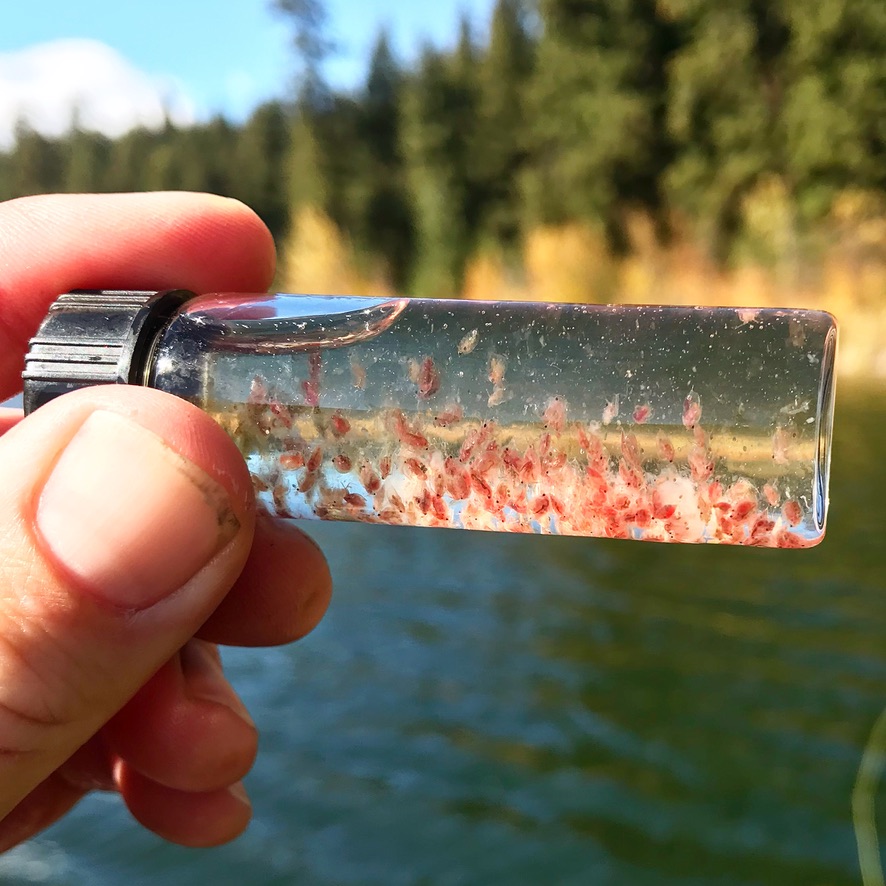
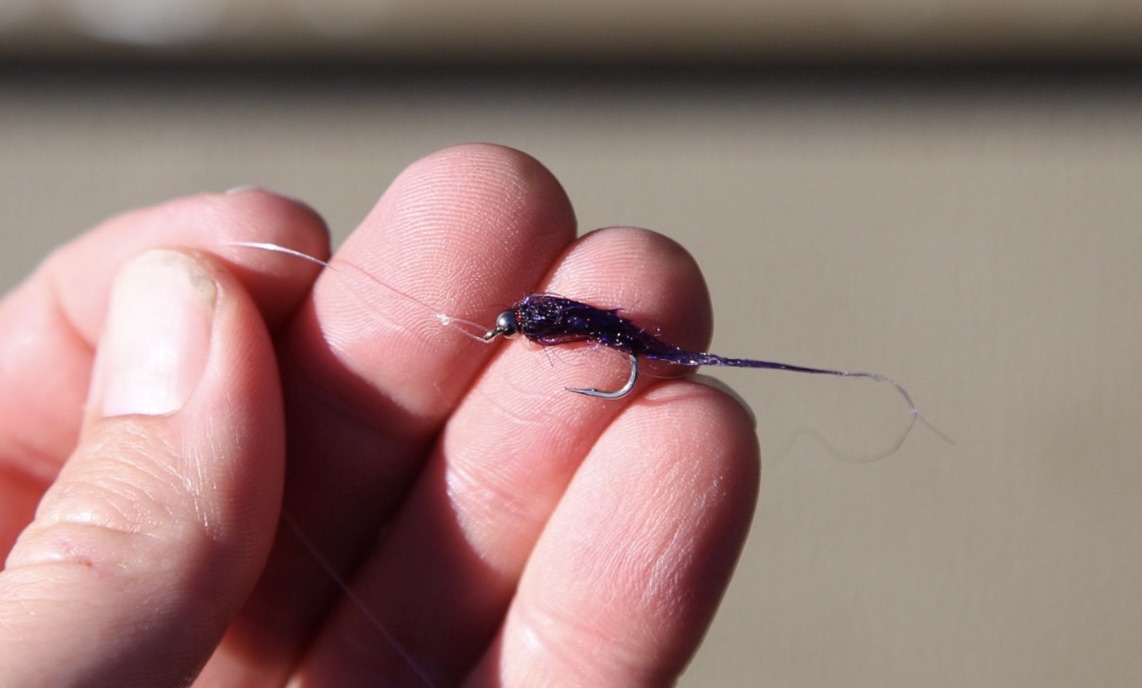
Becoming a diversified angler
Learning to expand your stillwater tactics beyond simply catching fish when chironomids are hatching is a critical skill. You will find yourself enjoying your outings much more in the summer and fall, and it will force you to dive deeper into the many productive ways you can fish both floating and sinking lines. The successful stillwater angler is attentive and always willing to try something new.
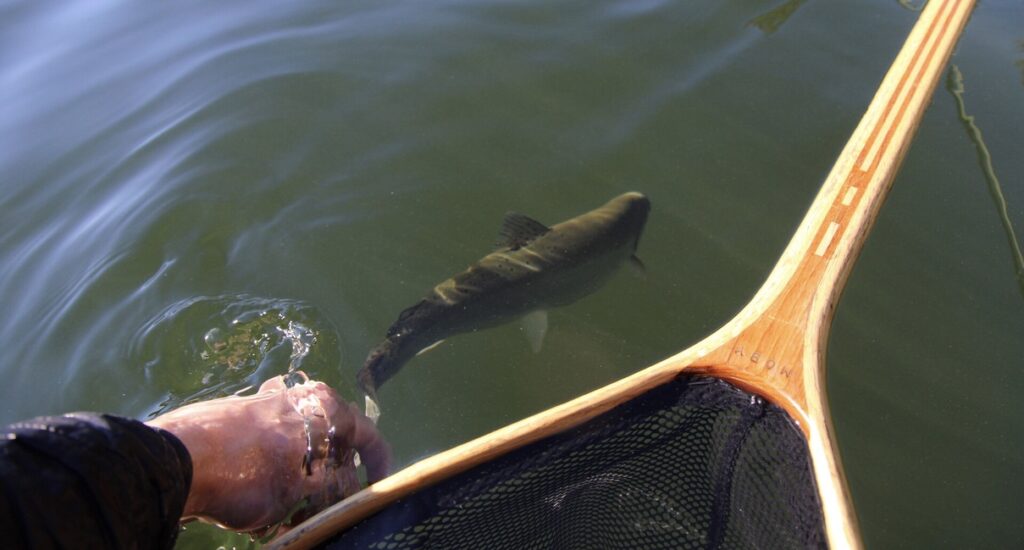
Author: Jordan Oelrich
Images: Jordan Oelrich, Marla Giles.
Jordan Oelrich is the owner of Interior Fly Fishing Co. When he’s not guiding, Jordan shares his knowledge for fishing as a writer and fly-tying instructor.
Follow Jordan on Instagram or visit his website.
